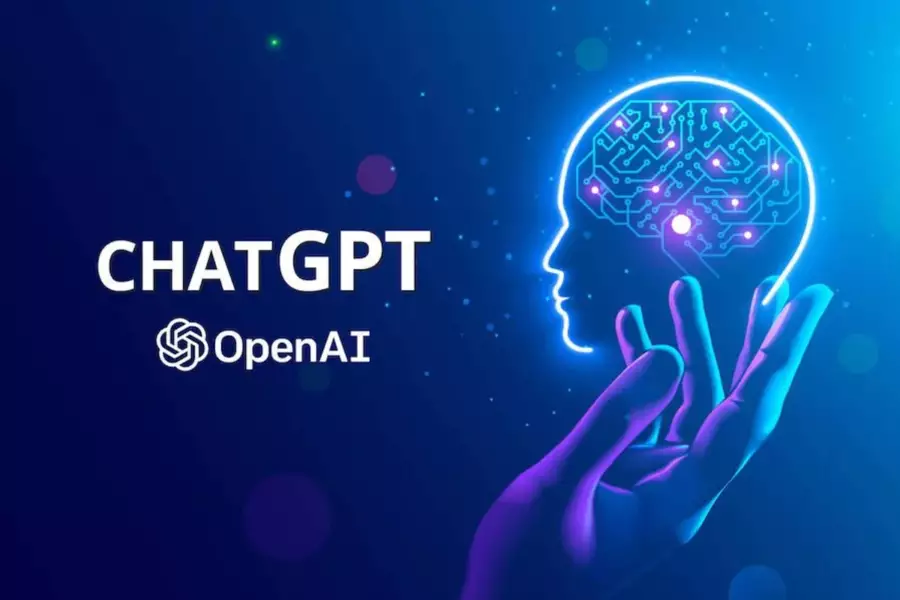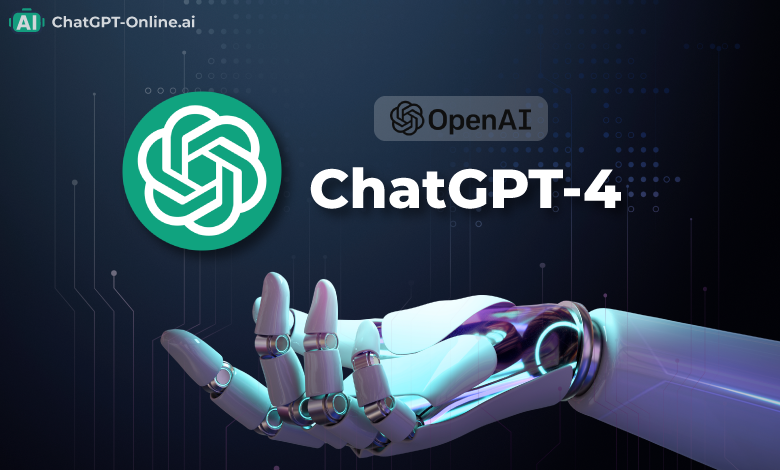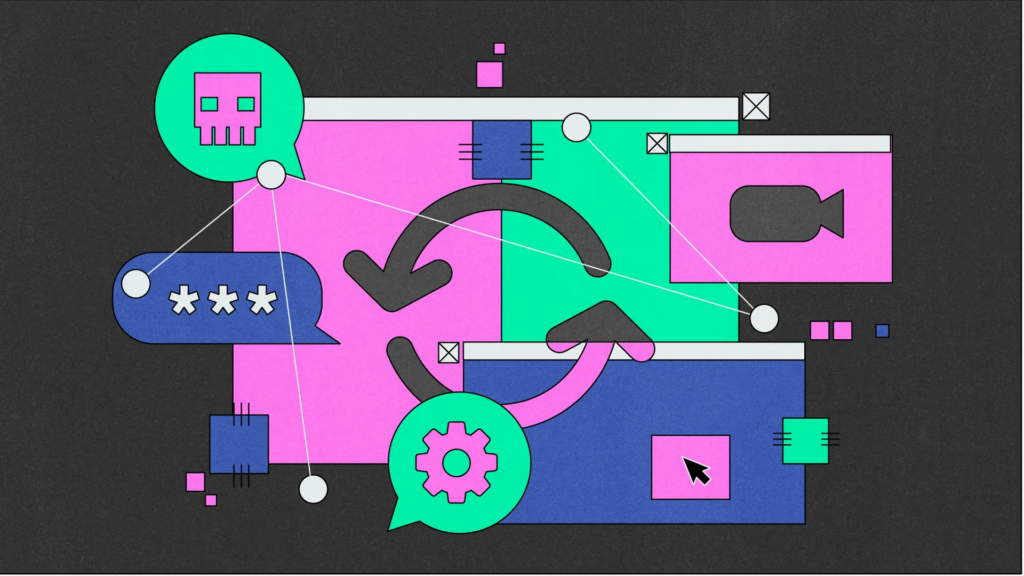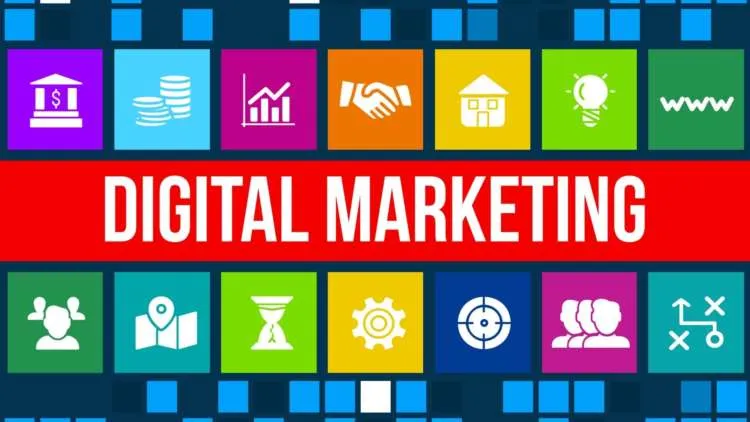Whoever said that robots can’t talk clearly hasn’t met the OpenAI’s ChatGPT. The newest chatbot on the scene can now see, hear, and speak with its users. With the ability to interact with images and answer in multiple voices, including the user’s preference, ChatGPT’s voice capabilities are human-like, thanks to its new text-to-speech model. Furthermore, OpenAI’s partnership with Spotify allows podcasters to translate their content into additional languages using their own voice. However, outside of these exciting new capabilities, the tech company isn’t without controversy, facing a lawsuit by creatives for copyright infringement in the California court.
ChatGPT’s New Voice Capabilities
When OpenAI released GPT-4 back in March, one of its biggest advantages was its multimodal capabilities, which would allow ChatGPT to accept image inputs. However, the multimodal capability wasn’t ready to be deployed — until now. On Monday, OpenAI announced that ChatGPT could now “see, hear and speak,” alluding to the popular chatbot’s new abilities to receive both image and voice inputs and talk back in voice conversations.
The voice input feature is particularly exciting as ChatGPT can now talk to users in five different voices- giving a touch of personalization to the experience. OpenAI claims to have used the expertise of professional voice actors and their proprietary Whisper speech recognition system to make voice conversations more natural with whisper-like softness. ChatGPT’s new text-to-speech model generates speech that sounds almost human-like, taking only text and a few seconds of speech samples of the preferred voice.
OpenAI acknowledged that the innovations allowed by voice and image capabilities opened the door to accessibility-focused and creative applications. This prediction resonates with Spotify, which has partnered with OpenAI to enable growing podcast markets’ smooth translation into different languages with the podcaster’s own voice.
Fair warning though, one shouldn’t be surprised if their ChatGPT suddenly has a favorite voice or begins recommending podcasts in Spanish!

ChatGPT’s Image Understanding:
One of the most significant developments in the recent upgrade of OpenAI’s ChatGPT is its capability to recognize and understand images. Powered by the multimodal abilities of GPT-3.5 and GPT-4, ChatGPT can now accept one or more image inputs from users, providing a more interactive experience in real-time conversations.
This new feature makes it possible to ask ChatGPT to identify an object, analyze an image, or provide assistance with any visual information. It can also explore the contents of the fridge to plan a meal, or even analyze the items in a user’s pantry to suggest recipes- all by simply uploading the images and asking ChatGPT questions.
The added feature of image understanding is a tremendous advancement as it enables a more diverse and contextual understanding of natural human language. Such capabilities will be essential in bridging the gap between the online world and the physical world in an increasingly digital era.
In conclusion, ChatGPT’s image understanding feature is set to transform the way we interact with AI-powered chatbots. It represents OpenAI’s continued commitment to pushing the boundaries of conversational AI, making it more accessible and intuitive for all.
ChatGPT Can Talk Back!
Are you ready to chat with your AI assistant like you would with a human? With ChatGPT’s latest update, the chatbot can now listen and talk back to you in five different voices. OpenAI has gone the extra mile by employing professional voice actors and using its proprietary Whisper speech recognition system to transcribe spoken words into text – resulting in a text-to-speech model that generates eerily human-like audio.
OpenAI has also demoed ChatGPT’s new voice capabilities, showing how the AI can process user requests and respond verbally. It joins the ranks of voice assistants like Amazon’s Alexa, which just received an AI upgrade to include GPT-like capabilities.
With ChatGPT’s new voice input and output feature, you don’t have to fumble with your keyboard or mobile device to ask a question. Simply ask it verbally, and let ChatGPT do the rest. But if you prefer typing, don’t worry – that option is still available.
Thanks to these unprecedented abilities, conversational AI is shaping new possibilities in accessibility, education, and entertainment. Indeed, the future is promising for AI and all the applications that can benefit from it.
What are some ways you’ll use ChatGPT’s new voice capabilities? Will talking to ChatGPT be the next step in streamlining your day? Let us know in the comments below.
Partnerships: Spotify and OpenAI
Spotify has joined OpenAI in their quest to drive conversational AI’s innovation by partnering for translating podcasts into different languages with the podcaster’s own voice. OpenAI has designed ChatGPT’s image understanding ability using GPT-3.5 and GPT-4, and its text-to-speech model that can generate human-like audio from only a few seconds of speech, making it an incredible technology achieving extraordinary feats of Artificial Intelligence. The legal charges against OpenAI for using books of authors to train their AI models are ongoing, and the lawsuit filed by the trio accuses both OpenAI and Meta for the use of their work for copyright infringement.
Legal Challenges for OpenAI and Facebook Meta
OpenAI and Facebook Meta are facing lawsuits over copyright infringement by US comedian Sarah Silverman and two other authors. The lawsuits allege that both companies used pirated downloads of the authors’ books to train their AI models, resulting in a series of copyright infringements. This legal challenge arrives as OpenAI announces its generative AI-based chatbot ChatGPT’s ability to “see, hear and speak,” opening doors to new usage possibilities. These include troubleshooting problems with a device using images, suggesting a meal plan after glimpsing the contents of one’s refrigerator, and responding verbally to voice commands.
The Future of Conversational AI
The future of conversational AI is now in ChatGPT’s unprecedented abilities. With the latest features of image and voice recognition, it’s no surprise that more and more companies are partnering with OpenAI to harness the power of this technology. From helping users identify objects to generating human-like audio, ChatGPT’s potential is limitless.
The implications of these capabilities are far-reaching and exciting. With chatbots that can see, hear, and speak, the possibilities for more intuitive interfaces and accessibility-focused applications are endless. As more tech companies invest in AI-supported AI assistants, it’s clear that conversational AI is the way of the future.
But as with any groundbreaking technology, there are also legal challenges that come with it. OpenAI and Meta have been facing accusations of copyright infringement in their AI models, raising questions about the ethical use of AI and intellectual property rights.
In conclusion, ChatGPT’s new features are just the beginning of what we can expect from conversational AI. As we move forward, it’s important to strike a balance between innovation and responsible use of technology.
In conclusion, ChatGPT’s new abilities to see, hear, and speak offer a new type of conversational AI experience. Users can now have voice conversations with ChatGPT and even select from five different voice options. The image understanding capability is also powered by GPT-3.5 and GPT-4, and users can upload images to ask questions and receive assistance. ChatGPT’s new voice input and output feature also allows for verbal responses to user requests, similar to voice
Read More : Boosting Productivity: 10 ways to boost your productivity at work





